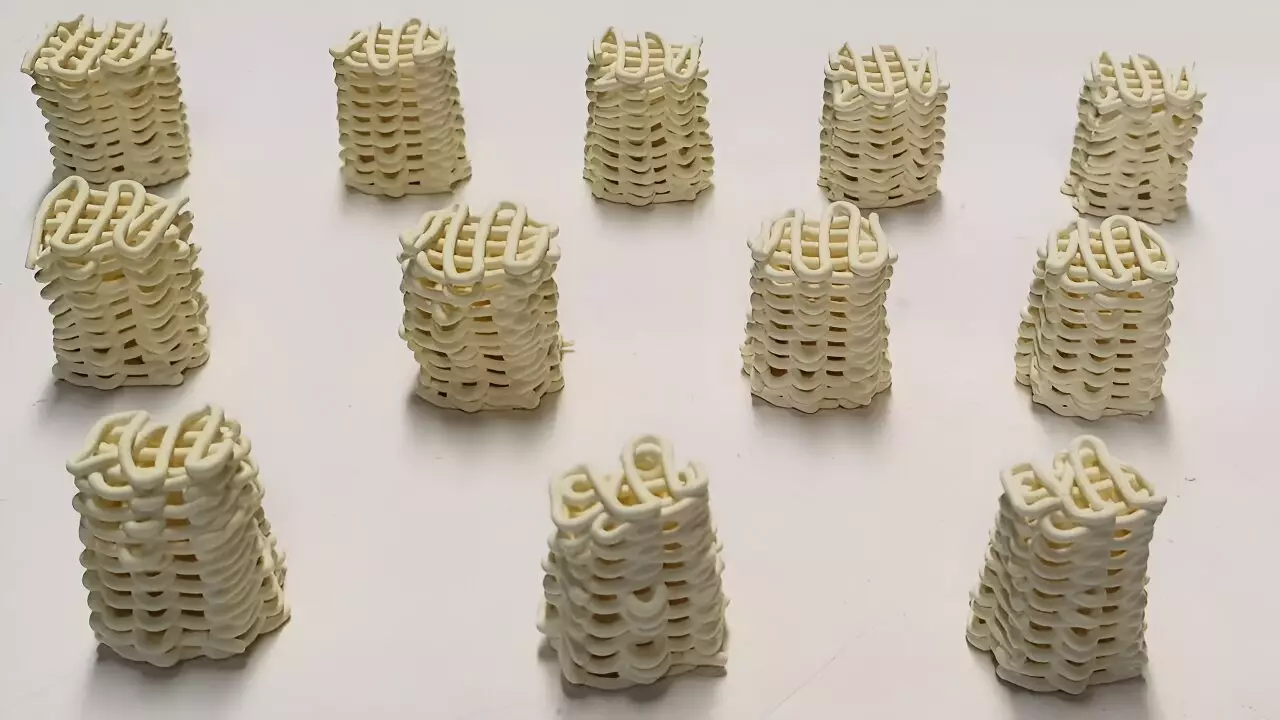A groundbreaking new method has been developed by engineers to eliminate health-threatening “forever chemicals” from water using 3D printing. This innovative approach involves the creation of ceramic-infused lattices, known as monoliths, which have been proven to remove a minimum of 75% of perfluorooctanoic acid (PFOA) – a highly prevalent perfluoroalkyl and polyfluoroalkyl substance (PFAS) – from water supplies. The implications of this research, conducted at the University of Bath, are significant in the ongoing efforts to combat the presence of these harmful chemicals in water sources.
PFAS are commonly referred to as “forever chemicals” due to their extremely long-lasting nature, taking over 1,000 years to decompose in some instances. These man-made compounds are notorious for their detrimental effects on human health, which include adverse impacts on reproductive, developmental, cardiovascular systems, as well as an increased risk of diabetes. Sources of PFAS can be found in everyday household items like non-stick pans, raincoats, paints, fabrics, and firefighting foams, posing a significant threat to public health.
Dr. Liana Zoumpouli, a Research Associate at Bath’s Department of Chemical Engineering, highlighted the importance of addressing PFAS contamination and public health concerns. The use of 3D printing technology in creating the ceramic-infused monoliths provides an efficient and energy-saving method for removing these harmful chemicals from water. The high surface area of the monoliths, enabled by 3D printing, plays a crucial role in enhancing the removal process. Once deployed in water, these monoliths effectively adsorb PFAS, demonstrating a promising solution for water treatment applications.
While some regulatory measures have been implemented globally, particularly in the US and EU, to limit acceptable levels of PFAS in drinking water, further legislation is expected to address the growing concerns surrounding these chemicals. The researchers anticipate that stricter policies and guidelines will be established, prompting water companies to adopt advanced systems for treating PFAS-contaminated water. Co-author Professor Davide Mattia emphasized the importance of proactive measures to safeguard water quality and public health from the adverse effects of PFAS exposure.
The 4cm monoliths, crafted from ink infused with ceramic indium oxide, are produced through extrusion using a 3D printer, forming a lattice structure that enhances their PFAS adsorption capabilities. The unique interaction between indium oxide and PFAS enables swift removal of the chemicals from water within a short timeframe, making the process compatible with existing water treatment facilities. While initial tests have shown a 75% removal rate of PFAS, ongoing efforts are focused on optimizing the efficiency of the monoliths through further refinement and experimentation.
Remarkably, the monoliths have demonstrated enhanced effectiveness after repeated use, undergoing a thermal regeneration process to maintain their adsorption capacity. This unexpected outcome has sparked interest in exploring the underlying mechanisms through continued research and development. The potential for scaling up this innovative technology for widespread implementation in water treatment systems holds promise for addressing the persistent challenge of PFAS contamination in water supplies.
The integration of 3D printing technology into water treatment processes represents a pivotal advancement in combating the presence of “forever chemicals” in water sources. The development of ceramic-infused monoliths showcases a novel and effective approach to removing PFAS, underscoring the importance of innovation in addressing complex environmental and public health challenges. As research in this field continues to evolve, the potential for significant impact on water quality and human well-being remains a driving force behind ongoing efforts to refine and implement this transformative solution.


Leave a Reply